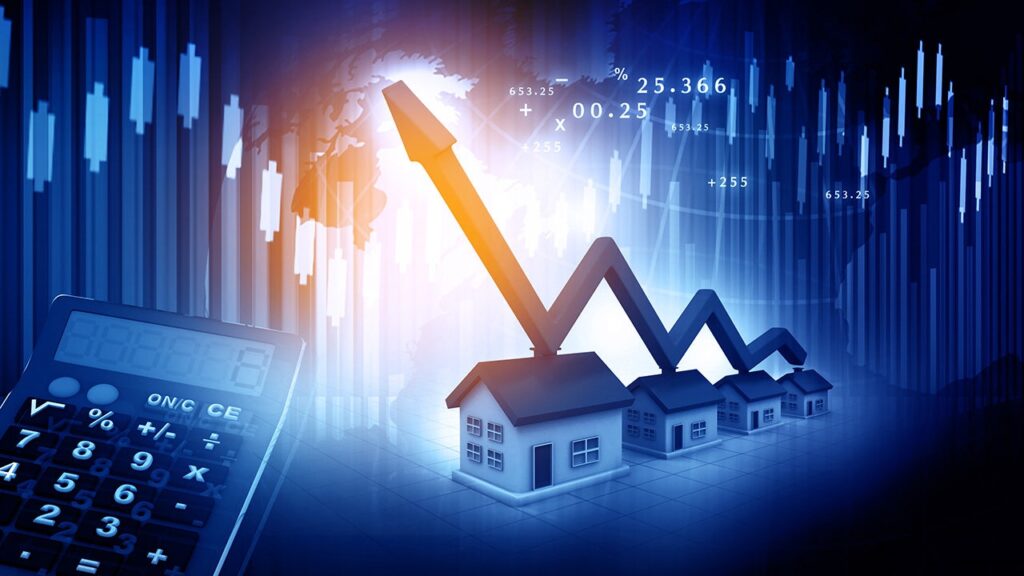The Federal Housing Finance Agency (FHFA) recently announced that conforming loan limits (CLL) will rise in 2025, responding to persistent high housing prices exacerbated by fluctuating mortgage rates and ongoing economic repercussions from the pandemic. As housing prices have surged, the FHFA often adjusts the standard CLL upward. For 2025, the new limit for one-unit mortgages in most states will be $806,500, representing a 5.21% increase compared to 2024. This adjustment aligns with increases in average U.S. home values, as indicated by the FHFA House Price Index. In regions where the local median home value exceeds 115% of the baseline CLL, borrowers will be eligible for higher loans, reaching up to $1,209,750. States such as Alaska, Hawaii, Guam, and the U.S. Virgin Islands also benefit from this elevated limit due to their unique housing costs.
Despite fluctuations in mortgage rates throughout the previous year, projections for 2025 suggest minimal changes for homebuyers. According to Zillow, home value growth is expected to slow, with a forecasted increase of only 2.6%, comparable to the previous year. Easing mortgage rates are anticipated, although there remains caution due to the potential for unpredictable fluctuations. While 2024 saw fierce competition among buyers due to high affordability challenges, more homes are expected to enter the market, providing some relief to prospective homebuyers. Zillow Chief Economist Skylar Olsen notes that increased inventory will empower buyers during negotiations, potentially lessening the affordability hurdle that dominated much of the previous year.
Another significant factor impacting the mortgage industry is the potential privatization of Fannie Mae and Freddie Mac, aimed at reducing government involvement in the housing market. This privatization could significantly alter mortgage costs for borrowers. Economists estimate that if successful, it could increase annual mortgage costs by $1,800 to $2,800. Currently, these federally backed entities account for about 70% of U.S. mortgages, and they provide stability to the lending market by purchasing loans from lenders. The shift to privatization may elevate the perceived risk of these mortgages as investments since they would no longer have government backing, leading to increased borrowing costs for consumers.
As the housing market evolves, the impact of inflation on economic conditions could also play a crucial role. Recent reports indicate that inflation saw its lowest annual rise since 2021, suggesting some economic stabilization. However, the housing sector still faces challenges such as rising living expenses and fluctuating interest rates. These economic factors will continue to influence borrowing capacity and affordability for prospective homeowners. The overall sentiment among industry analysts is that while there may be potential for buyers to regain some leverage, hurdles will remain due to ongoing economic pressures.
For those seeking mortgage options, tools like Credible can be beneficial for comparing interest rates from multiple lenders quickly and easily. As the market landscape changes, leveraging such platforms can help consumers find suitable loan terms and rates tailored to their specific financial situations. Many will likely utilize online tools to gather information and ensure they are securing the best possible deal as conditions fluctuate.
Lastly, existing uncertainties in the political and economic climate, including ongoing legal battles such as the Supreme Court’s recent decision to block President Biden’s SAVE plan, add layers of complexity for potential borrowers. As housing policies and mortgage regulations are closely tied to political shifts, prospective homeowners must stay informed about potential changes that could impact their finances. As they navigate the market for mortgage options, guidance from financial experts continues to be crucial in making informed decisions amidst evolving circumstances.

